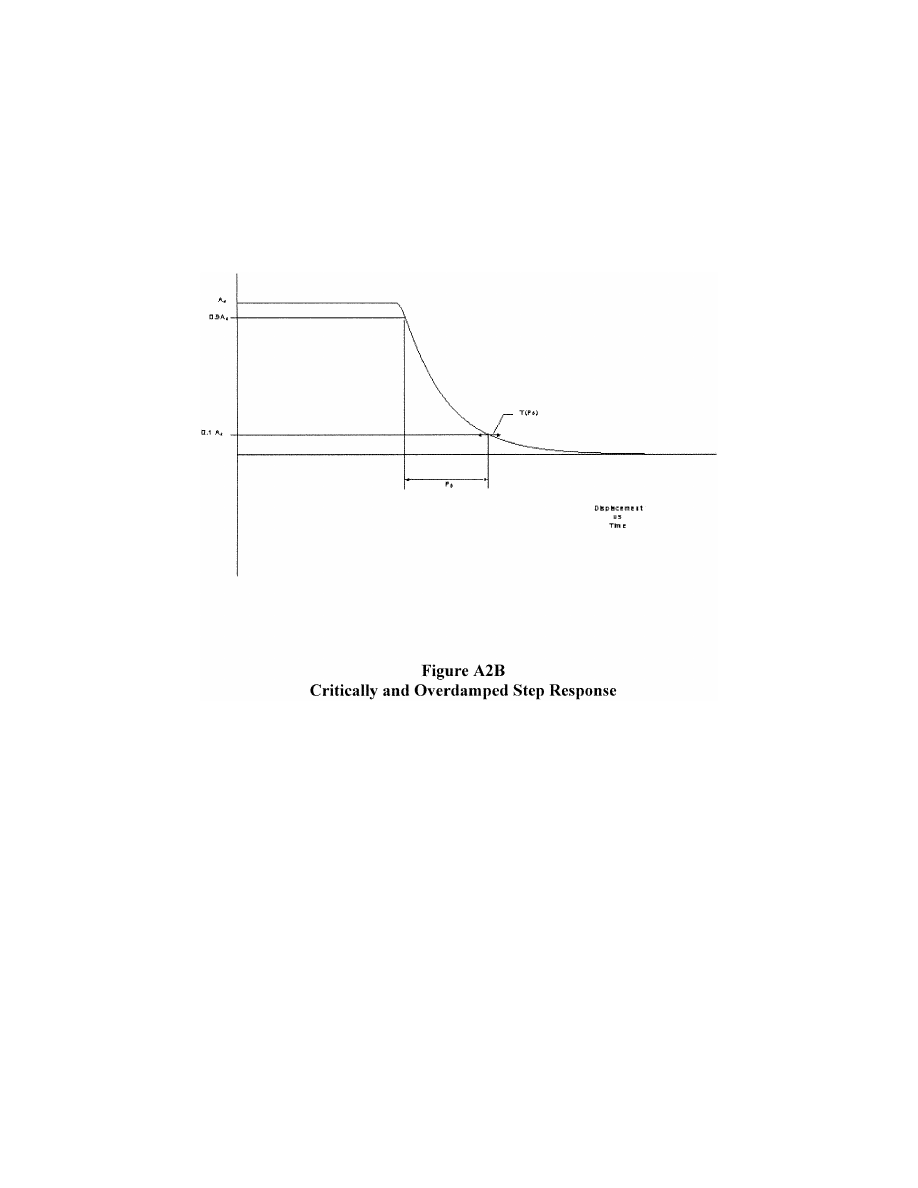
108
14 CFR Ch. I (1–1–19 Edition)
Pt. 60, App. A
5. G
ROUND
E
FFECT
a. For an FFS to be used for take-off and
landing (not applicable to Level A simula-
tors in that the landing maneuver may not
be credited in a Level A simulator) it should
reproduce the aerodynamic changes that
occur in ground effect. The parameters cho-
sen for FFS validation should indicate these
changes.
(1) A dedicated test should be provided that
will validate the aerodynamic ground effect
characteristics.
(2) The organization performing the flight
tests may select appropriate test methods
and procedures to validate ground effect.
However, the flight tests should be per-
formed with enough duration near the
ground to sufficiently validate the ground-
effect model.
b. The NSPM will consider the merits of
testing methods based on reliability and con-
sistency. Acceptable methods of validating
ground effect are described below. If other
methods are proposed, rationale should be
provided to conclude that the tests per-
formed validate the ground-effect model. A
sponsor using the methods described below
to comply with the QPS requirements should
perform the tests as follows:
(1) Level fly-bys. The level fly-bys should
be conducted at a minimum of three alti-
tudes within the ground effect, including one
at no more than 10% of the wingspan above
the ground, one each at approximately 30%
and 50% of the wingspan where height refers
to main gear tire above the ground. In addi-
tion, one level-flight trim condition should
be conducted out of ground effect (e.g., at
150% of wingspan).
(2) Shallow approach landing. The shallow
approach landing should be performed at a
glide slope of approximately one degree with
negligible pilot activity until flare.
c. The lateral-directional characteristics
are also altered by ground effect. For exam-
ple, because of changes in lift, roll damping
is affected. The change in roll damping will
affect other dynamic modes usually evalu-
ated for FFS validation. In fact, Dutch roll
dynamics, spiral stability, and roll-rate for a
given lateral control input are altered by
ground effect. Steady heading sideslips will
also be affected. These effects should be ac-
counted for in the FFS modeling. Several
tests such as crosswind landing, one engine
VerDate Sep<11>2014
16:30 Jun 25, 2019
Jkt 247047
PO 00000
Frm 00118
Fmt 8010
Sfmt 8002
Q:\14\14V2.TXT
PC31
ER09MY08.001</GPH>
kpayne on VMOFRWIN702 with $$_JOB